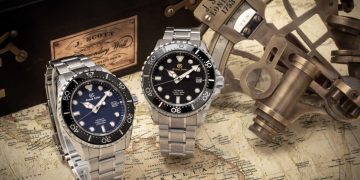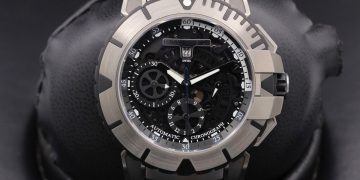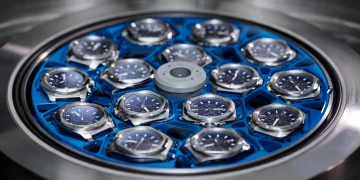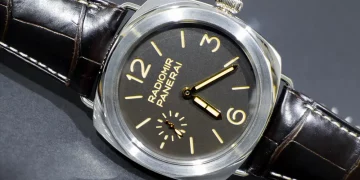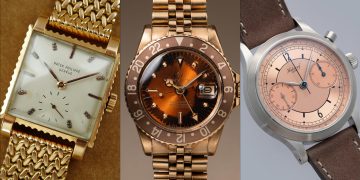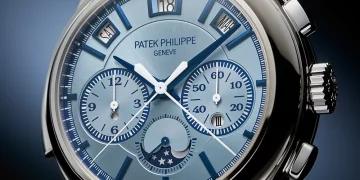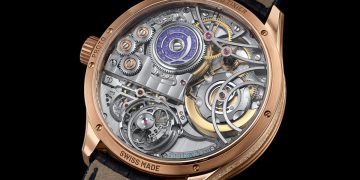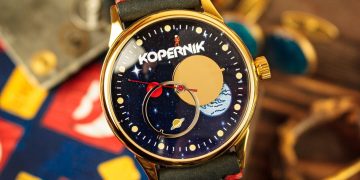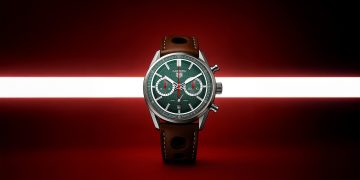In the world of luxury watches, the history and heritage of a brand are often as important as the technical innovations that define its timepieces. For many collectors, the story behind a watch brand—its evolution, iconic models, and relationship with watchmaking traditions—imbues each timepiece with a sense of prestige and value that goes beyond its functionality. A watch brand with a storied past may be seen not only as a manufacturer of fine timepieces but also as a custodian of horological heritage, with each model offering a tangible link to the past.
However, in today’s rapidly evolving watch market, where trends shift quickly and new players emerge regularly, the question arises: Does a brand’s historical legacy still hold weight in influencing its modern market performance? In an era dominated by technology, digital innovations, and shifting consumer tastes, does the historical heritage of a watch brand continue to play a pivotal role in its ability to succeed and maintain relevance?
In this article, we will explore how a watch brand’s heritage influences its contemporary market performance, examining the relationship between tradition, innovation, and consumer perception. We will also look at whether brands that prioritize their history can continue to thrive in the face of modern challenges, or if they risk being left behind by more forward-thinking competitors.
1. The Importance of Brand Heritage in the Luxury Watch Market
The luxury watch industry is inherently tied to tradition, craftsmanship, and timeless design. Unlike other sectors where innovation often takes the spotlight, luxury watchmaking is a field where brand history, the mastery of age-old techniques, and the prestige that comes with a long legacy are of immense value.
Many luxury watch brands, such as Patek Philippe, Rolex, Audemars Piguet, and Omega, have been around for over a century, building not just timepieces but a sense of identity and heritage that is ingrained in the collective consciousness of watch collectors. The value of a brand’s legacy cannot be understated—these are more than just watches; they are symbols of status, craftsmanship, and tradition.
For example, Patek Philippe’s reputation for creating some of the most complicated and exquisitely finished movements has been a driving force in its appeal. Similarly, Rolex’s association with exploration and its iconic Oyster case have helped cement its place in horological history. These brands leverage their heritage as a key element of their modern marketing strategy, often emphasizing their long-standing commitment to quality and tradition.
The historical narrative behind a brand provides emotional and cultural value that goes beyond the mere functionality of a watch. This narrative plays a critical role in the luxury watch market, where collectors and consumers are willing to pay a premium for a piece that connects them to a rich history, a family tradition, or a cultural milestone.
2. Brand Heritage and Consumer Perception
A brand’s heritage has a significant impact on how consumers perceive its products. In the luxury sector, reputation is everything. Buyers are often willing to pay a premium for a timepiece that carries the weight of history and heritage because they believe it signifies quality, expertise, and trust. In many cases, the historical narrative of a brand can shape the consumer’s desire to own a piece of that legacy.
For example, Rolex’s status as a symbol of success is deeply intertwined with its historical achievements in sports, exploration, and aviation. The brand’s connection to pioneering figures such as Sir Edmund Hillary and Tenzing Norgay, who wore Rolex watches during their ascent of Mount Everest, provides it with an air of excellence and adventure that appeals to today’s buyers. This historical connection helps maintain its relevance and desirability in the modern market.
Similarly, Omega’s long association with space exploration and its role as the “First Watch on the Moon” has cemented its place in the annals of horological history. Consumers who are drawn to Omega are often motivated not just by the quality of the timepiece but by the brand’s pioneering legacy in the field of science and innovation.
The modern buyer’s emotional connection to a brand’s history can greatly influence their purchasing decision. When consumers choose to invest in a luxury watch, they are often not just looking for a functional timepiece but a piece of history that carries personal significance or status. This emotional appeal continues to resonate with a wide array of buyers, ensuring that the brand’s legacy continues to impact its modern market performance.
3. Balancing Tradition with Innovation
While brand heritage is undoubtedly an important factor in the luxury watch market, modern consumers are increasingly seeking out innovations that cater to contemporary tastes and preferences. Today’s watch market is evolving, with a growing emphasis on technology, design innovation, and lifestyle-oriented features.
Take, for example, the rise of smartwatches. Brands like Apple and Garmin have revolutionized the watch industry by offering high-tech, multifunctional timepieces that appeal to younger, tech-savvy consumers. As a result, traditional watchmakers have had to find ways to balance their rich heritage with the demands of modern consumers. The success of brands like TAG Heuer and Breitling, which have ventured into smartwatch territory with models such as the TAG Heuer Connected, illustrates how innovation can complement heritage without compromising brand identity.
For established brands, the key challenge lies in adapting to modern trends while maintaining their historical roots. This balance of tradition and innovation is crucial in ensuring continued market success. For example, Patek Philippe has remained true to its roots with mechanical masterpieces but has also embraced modern technologies in terms of design and materials. Similarly, Audemars Piguet has continued to innovate with its Royal Oak line, introducing modern interpretations of the classic design while respecting the original craftsmanship.
Brands that successfully merge their heritage with modern innovation can carve out a niche in today’s market. However, those that are too rigid in their commitment to tradition may struggle to remain relevant, especially in the face of shifting consumer expectations and new competitors.
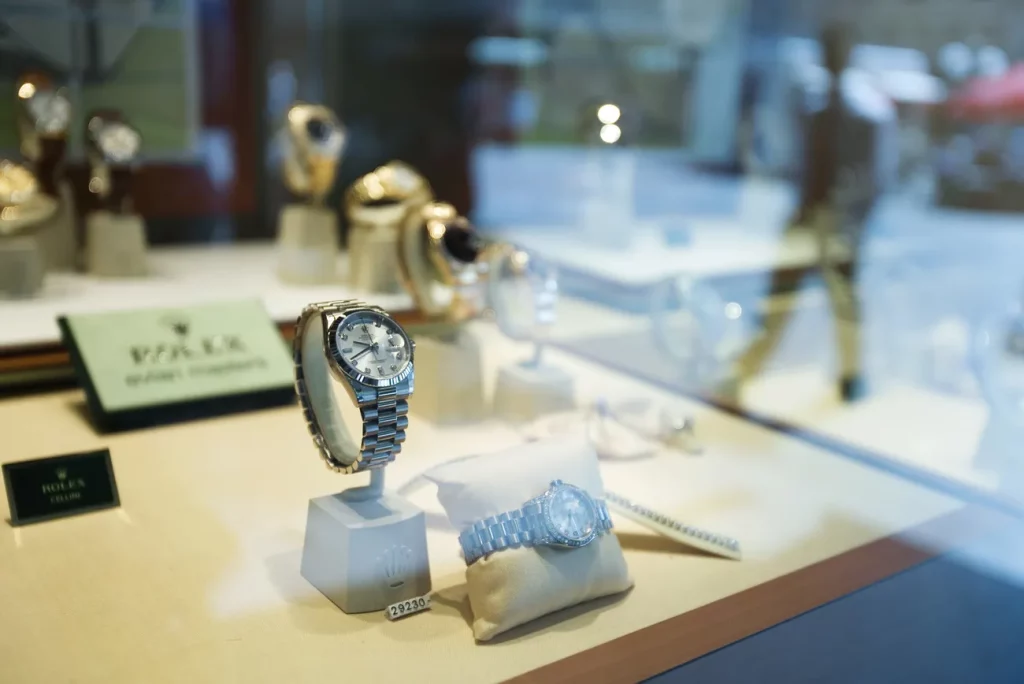
4. The Role of Heritage in Brand Loyalty
Brand heritage can also play a significant role in fostering customer loyalty. Watch enthusiasts and collectors often seek brands that align with their values and long-standing interests. This sense of loyalty is deeply tied to the history of a brand, as buyers feel they are part of a larger tradition when they own a timepiece from an iconic manufacturer.
Rolex, for example, has cultivated a loyal following that spans generations. Consumers who purchase a Rolex often do so with the intention of passing the watch down as a family heirloom. The brand’s heritage as a symbol of achievement, resilience, and elegance makes it a deeply emotional purchase for many. This generational loyalty is a powerful tool in ensuring the longevity of the brand and its continued success in the modern market.
In contrast, newer brands may struggle to build the same level of emotional attachment, as they lack the decades or centuries of history that established players can draw upon. However, brands that successfully tap into modern storytelling—whether through collaborations, limited editions, or unique design language—can still foster a sense of heritage, even if they don’t have centuries of tradition behind them.
5. Is Heritage Always a Guarantee of Success in the Modern Market?
While brand heritage plays a crucial role in the market performance of luxury watches, it is not an absolute guarantee of success. In today’s fast-paced market, consumer tastes are constantly evolving, and a focus on history alone may not be enough to ensure sustained success.
For instance, while brands like Longines and Zenith have rich histories and prestigious legacies, they may not enjoy the same level of demand as their more innovative counterparts like Rolex or Omega. Similarly, while some brands have attempted to capitalize on their historical prestige, they may fail to meet modern expectations for design and functionality, leading to stagnation in market performance.
To remain competitive, brands must continually evaluate and adapt to the demands of contemporary consumers. A strong historical foundation can provide a competitive advantage, but it must be paired with innovation and an understanding of modern trends.
6. Conclusion: The Enduring Influence of Heritage on Market Performance
In conclusion, the historical heritage of a watch brand does significantly influence its modern market performance. A storied past not only adds value and prestige to a brand but also helps foster consumer loyalty and emotional connection, which are essential in the luxury watch market. Brands with rich histories, like Rolex, Patek Philippe, and Omega, continue to thrive by leveraging their heritage while embracing modern innovations.
However, the key to success in today’s market is not simply relying on tradition but balancing heritage with forward-thinking designs, technological advancements, and evolving consumer needs. Brands that successfully navigate this delicate balance are the ones that will continue to succeed in the luxury watch industry, while those that cling too tightly to tradition without adapting to the present may find themselves outpaced by newer, more innovative competitors.
Ultimately, while a watch brand’s history is an essential component of its identity, it is the ability to innovate and meet the demands of modern consumers that will determine its future success.


